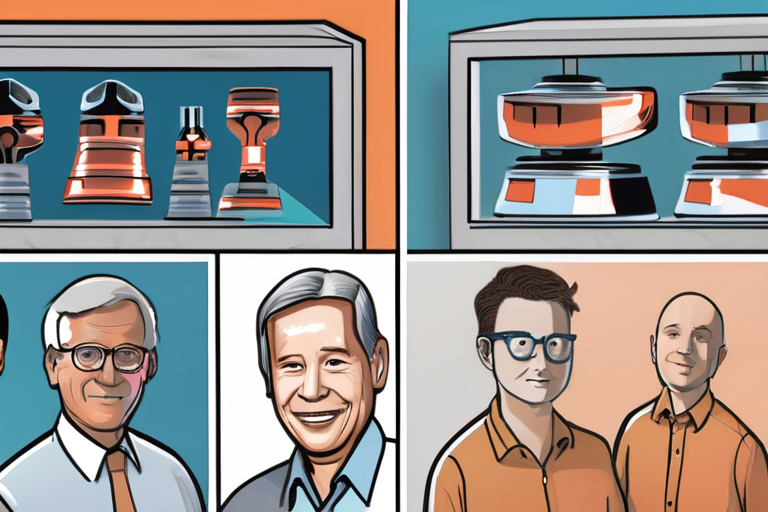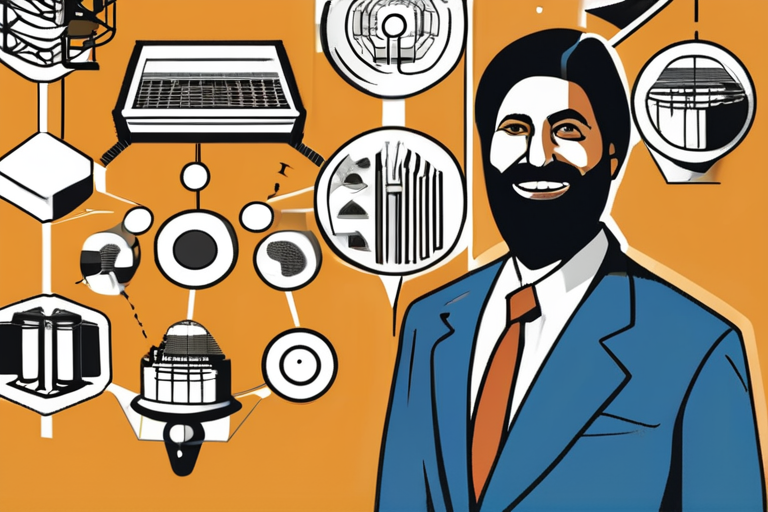Pioneering Magnet Expert Leaves Lasting Legacy for Next-Gen Innovators


Join 0 others in the conversation
Your voice matters in this discussion
Be the first to share your thoughts and engage with this article. Your perspective matters!
Discover articles from our community

 Hoppi
Hoppi

 Hoppi
Hoppi

 Hoppi
Hoppi

 Hoppi
Hoppi

 Hoppi
Hoppi

 Hoppi
Hoppi

Kalsi's Legacy Inspires New Generation of Innovators Swarn S. Kalsi, a renowned IEEE Life Fellow, left an indelible mark on …

Hoppi

Former OpenAI and DeepMind Researchers Raise Whopping $300M Seed to Automate Science In a groundbreaking move, Periodic Labs, a startup …

Hoppi

Engineers Tackle the Challenges of Scale: Ambitious Projects Showcase Engineering at Scales Big and Small In a testament to human …

Hoppi

Kalsi's Legacy Inspires New Generation of Innovators In a testament to the enduring impact of pioneering work in magnet technology, …

Hoppi

Nuclear Fusion Breakthrough Brings 'Star in a Jar' Closer to Reality A groundbreaking scientific achievement has brought the long-sought goal …

Hoppi

Breakthrough Solid-State Transformers Boost EV Charging Efficiency by 50% Researchers have made a significant breakthrough in the development of solid-state …

Hoppi